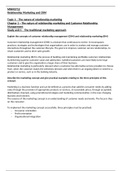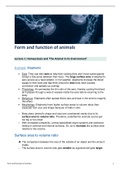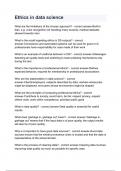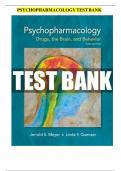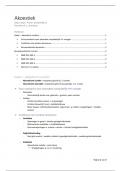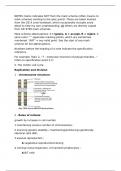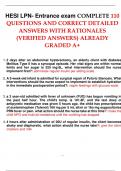Summary
MNM3712 Full Summary Relationship Marketing and CRM MNM3712 Full Summary Relationship Marketing and CRM
- Course
- Institution
- Book
MNM3712 Full Summary Relationship Marketing and CRM. A full summery of the study and text book for the exam and to complete assignments
[Show more]
